“ہم نسلی انصاف کے حصول ہم سب کو نسل پرستی کو سمجھنے کی ضرورت ہے کہ جو لوگ ایمان لائے اور اس بہترین بجائے ذی حس تجربات دانشور مشقوں کے ذریعے کیا جاتا ہے.” – ڈاکٹر. کورٹنی Cogburn
1990s کے بعد, ورچوئل رئیلٹی منصوبوں صحت کا سنگین حالات کے ساتھ لوگوں کے لئے ہمدردی کاشت کا مقصد کیا گیا ہے. حال ہی میں, Stanford University conducted an immersive technology مطالعہ کہ ان کا فعال ہے کہ ایک VR تجربے ہوا جو لوگ اس کو اپنی ملازمتوں سے محروم کرنے کی طرح ہو جائے گا اور گھروں بے گھر لوگوں کی طرف زیادہ empathetic کی تھیں کیا تجربہ کرنے سے پتہ چلا کہ, اس نمائش دوسرے میڈیا کے ذریعے ہو رہی ہے کے مقابلے (مثلا کتابیں, ٹی وی شو یا روایتی فلموں). جائزوں میں سے ایک میں, 85% VR کے شرکاء کے مقابلے میں بے گھر افراد کی مدد کے لئے ایک پٹیشن پر دستخط کئے 63 percent who read a narrative. مجموعی طور پر, مطالعہ میں شرکاء بے گھر افراد کی حالت زار کے ہمدرد ہونے کا امکان زیادہ تھے.
1,000 سفر کٹ نسل پرستی کے معاشرتی حقائق پر روشنی ڈالی گئی ہے کہ ایک VR منصوبہ طور Tribeca فلم فیسٹیول میں ایک عالمی پریمیئر موصول. اس VR منصوبے میں, ناظر مائیکل سٹرلنگ بن جاتا ہے, ایک سیاہ فام آدمی, ایک چھوٹے بچے کے طور پر نسل پرستی کا سامنا, کشور, اور نوجوان بالغوں. “We believe that achieving racial justice requires that we all understand racism and that this is best done through visceral experiences rather than intellectual exercises,” says Columbia University’s Courtney Cogburn who collaborated with the Virtual Human Interaction Lab at Stanford University on the project.
تعلیم کے لئے گلوبل تلاش welcomes the film’s Co-producer, جیریمی Bailenson, to discuss the impact of using immersive technologies to connect human beings to social issues such as racism, with the ultimate goal of promoting enduring social empathy and action.
“In creating virtual experiences we can increase empathy for others, encourage helping behaviors, improve communication strategies, and enhance education.” – جیریمی Bailenson
Jeremy what was your inspiration for 1000 سفر کٹ
1000 سفر کٹ was created as a collaboration between the Virtual Human Interaction Lab at Stanford University and the Cogburn Research Group at Columbia University, headed by Dr. کورٹنی Cogburn. Courtney studies racism and evaluates its effects on mental and physical health. Our lab has done a lot of research on perspective-taking and empathy in virtual reality. Virtual reality can create visceral experiences because it is a unique medium that allows you to embody someone different from yourself, and experience an event from their perspective.
In what ways do you believe a VR Story can add to our understanding of the social realities of racism?
Our lab has done a lot of research on perspective-taking and empathy in virtual reality. In creating virtual experiences, we can increase empathy for others, encourage helping behaviors, improve communication strategies, and enhance education. We feel that these types of experiences are important to focus on as VR permeates society. Never before in history could we allow anyone to instantly step into the shoes of someone else. When you experience something as someone else, مثال کے طور پر, experience discrimination because of your race firsthand, it can leave a powerful impression and perhaps encourage awareness and change.
“The most important factor in creating a convincing VR experience is in tracking the user’s movements accurately and quickly rendering the scene to update based on those movements.” – جیریمی Bailenson
What have you found so far in examining the effects of this immersive virtual experience on changes in psychological processes such as empathy?
We have conducted several research studies that have shown that VR can increase empathy and pro-social behavior. In a study where participants either became colorblind in VR or simply imagined that they were colorblind, those who experienced the actual visual impairment in VR were likely to spend more time helping someone with the same disability after the study. In another study, we found that having someone become a superhero made them more helpful in a real-life situation following the study. These results show that an immersive experience, where you actually feel as though you are in the body of someone else, or feel as if you’ve taken on a new ability, can especially impact your thoughts and behaviors in the real world.
According to your study so far, what qualities are needed to make up an ideal virtual experience? What do we know about “how immersive is enough” for a virtual classroom?
The most important factor in creating a convincing VR experience is in tracking the user’s movements accurately and quickly rendering the scene to update based on those movements. Good tracking and rendering capabilities surpass other factors like graphical quality or photo-realism in terms of feeling immersed in the environment. We’ve found that with convincing tracking systems, people will respond to VR as if it is real, even with fairly rudimentary graphics.
What new social issues or important questions have arisen from the use of immersive VR communication systems? How do you see this evolving in the future?
There’s a long line of research about social presence in VR that suggests that we tend to treat digital representations more or less as we would real people. اصل میں, even the mere belief that you are interacting with a real-time representation of another human makes you behave differently than you would if you were interacting with a computer algorithm. There are certainly still differences between interacting in VR and interacting face-to-face. تاہم, if we do succeed in creating a social experience in VR that feels like it does in real life, it could have an enormous impact on the world. مثال کے طور پر, if you could have a meeting in VR that felt real, then you could cut down on the amount of time spent traveling in a car, plane, وغیرہ, نمایاں طور پر.
For More information on جیریمی Bailenson.
C. M. Rubin and Jeremy Bailenson
کرنے کے لئے آپ کا شکریہ ہمارے 800 علاوہ عالمی شراکت, اساتذہ, ادیمیوں, محققین, کاروباری رہنماؤں, کے ساتھ سیکھنے کے مستقبل پر اپنے نقطہ نظر کا اشتراک کرنے کے لئے ہر ڈومین سے طلباء اور فکری رہنماؤں تعلیم کے لئے گلوبل تلاش ہر مہینے.
C. M. روبن (کیتی) CMRubinWorld کا بانی ہے, ایک آن لائن پبلشنگ کمپنی کی عالمی سیکھنے کا مستقبل اور سیارے کلاس روم کے شریک بانی پر مرکوز. وہ تین بہترین فروخت ہونے والی کتابوں اور دو بڑے پیمانے پر آن لائن پڑھیں سیریز کے مصنف ہیں. روبن موصول 3 کے لئے "تعلیم کے لئے گلوبل تلاش" Upton کی سنکلیئر ایوارڈ. سیریز کے تمام متعلمین میں شروع کیا گیا تھا کے لئے وکالت جس 2010 اور قوموں کو درپیش کلید تعلیم کے مسائل دریافت کرنے کی دنیا بھر سے ممتاز فکری رہنماؤں کو یکجا کرتا ہے.
C پر عمل کریں. M. ٹویٹر پر روبن: www.twitter.com/@cmrubinworld

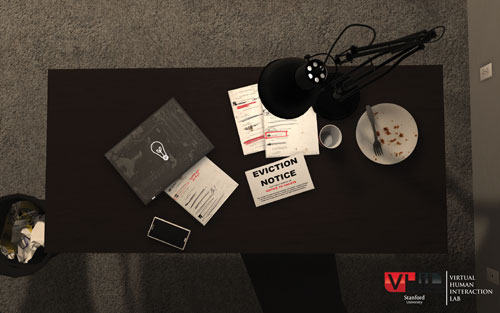

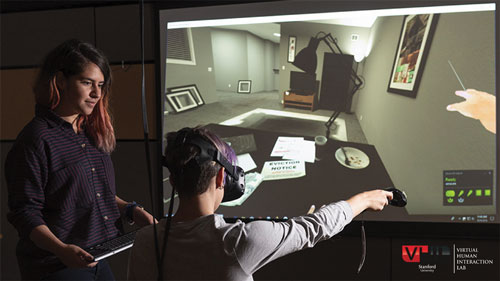
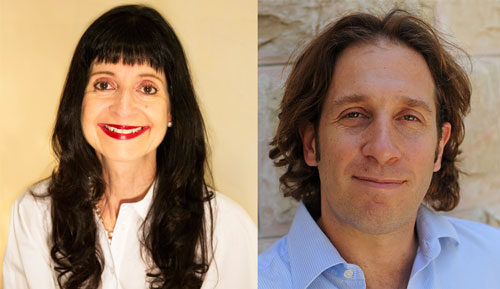
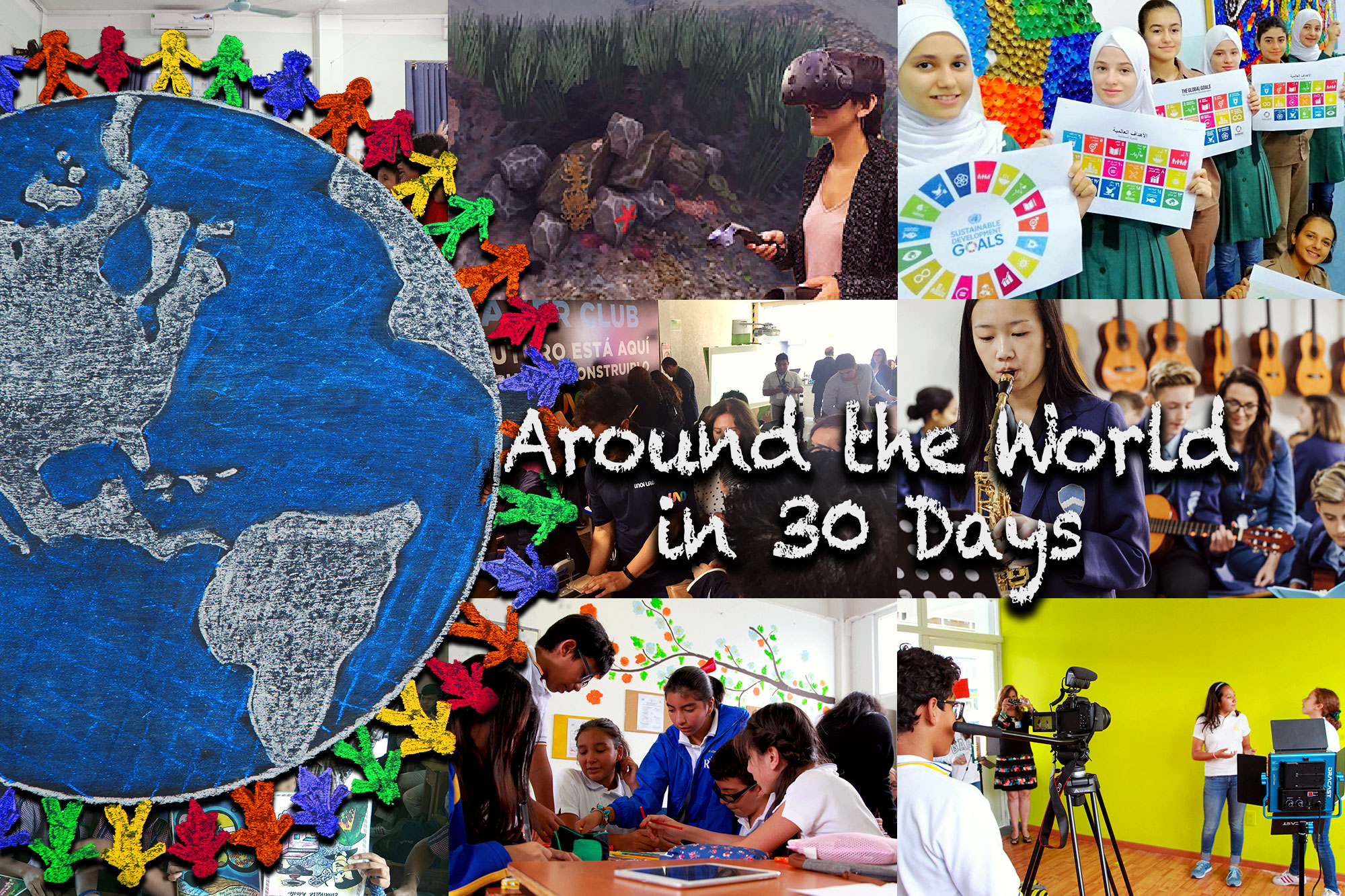
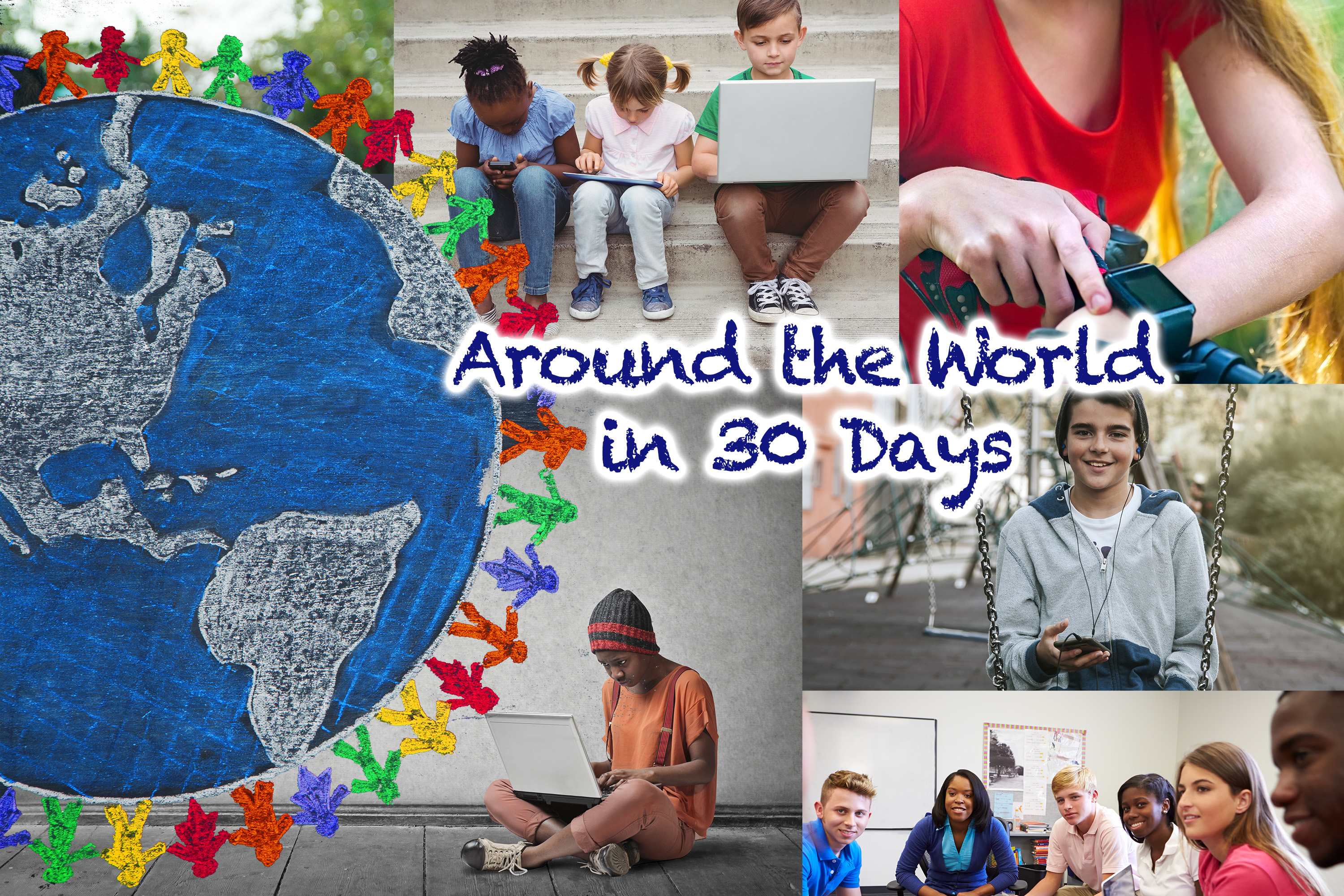
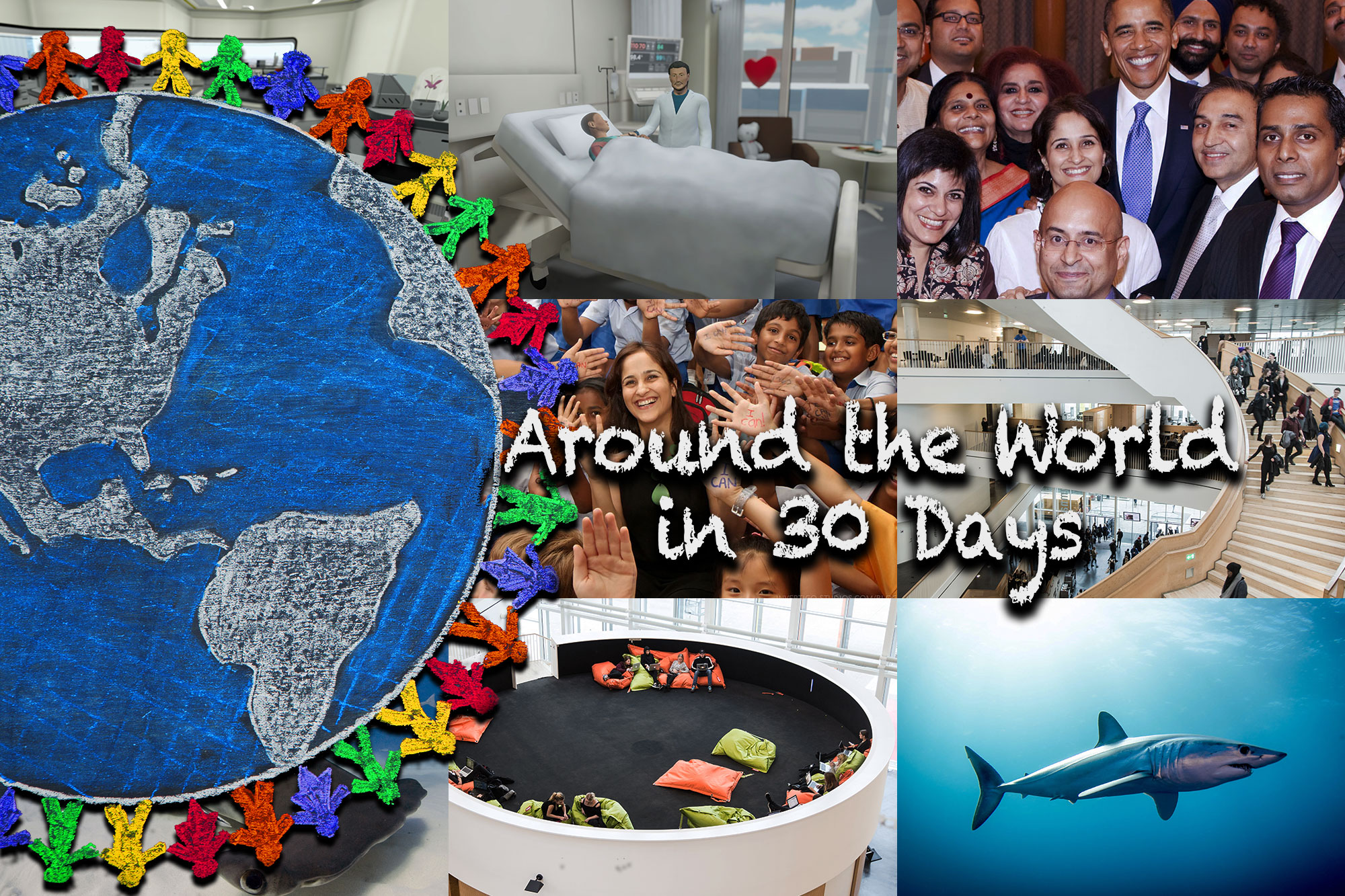
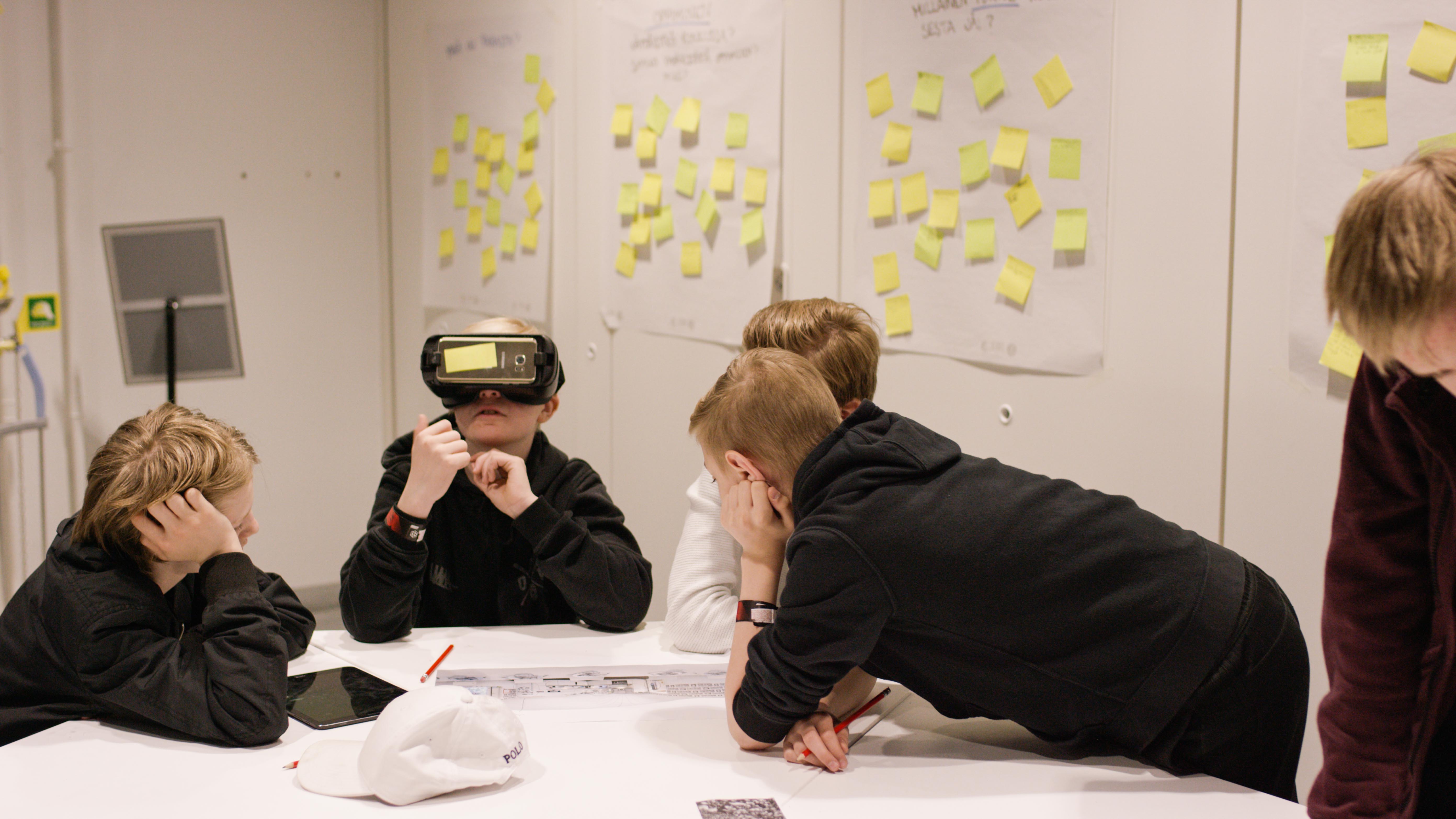
حالیہ تبصرے